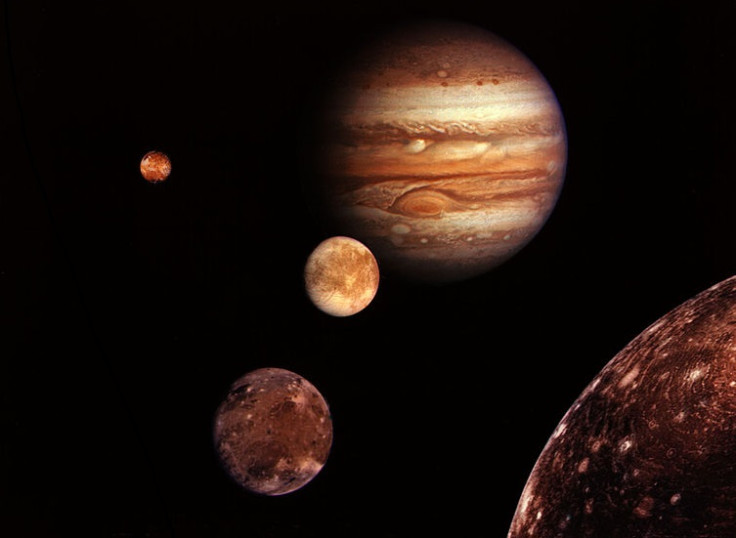Mystery Space Object Baffling Astronomers Could Be Star or Planet

A mystery celestial object has been spotted 440 light years from the Sun, leaving astronomers baffled as to what it is.
The object, named ROXs 42Bb, could be a planet or it could be a failed star – known as a brown dwarf.
ROXs 42Bb is orbiting a very young star and is approximately nine times the mass of Jupiter, which is below the limit of what most astronomers use to separate planets from brown dwarfs, which are huge.
However, it is also located 30 times further away from its star than Jupiter is from the Sun, making it even more confounding.
Published in Astrophysical Journal Letters, Thayne Currie, from the University of Toronto, said: "We have very detailed measurements of this object spanning seven years, even a spectrum revealing its gravity, temperature, and molecular composition. Still, we can't yet determine whether it is a planet or a failed star – what we call a 'brown dwarf'. Depending on what measurement you consider, the answer could be either.
"This situation is a little bit different than deciding if Pluto is a planet. For Pluto, it is whether an object of such low mass amongst a group of similar objects is a planet. Here, it is whether an object so massive yet so far from its host star is a planet. If so, how did it form?"

Generally, astronomers believe that gas giants like Saturn and Jupiter formed by core accretion, where they form a solid core that then accretes a massive gassy envelope.
Another theory, however, suggests gas giants form through disk instability, where a fragment of a disk surrounding a young star collapses under its own gravity and forms a planet.
Other mystery planets normally fall into one of these two categories, but Currie says ROXs 42Bb blurs the boundaries of the two.
"It's very hard to understand how this object formed like Jupiter did. However, it's also too low mass to be a typical brown dwarf; disk instability might just work at its distance from the star. It may represent a new class of planets or it may just be a very rare, very low-mass brown dwarf formed like other stars and brown dwarfs: a 'planet mass' brown dwarf.
"Regardless, it should spur new research in planet and star formation theories, and serve as a crucial reference point with which to understand the properties of young planets at similar temperatures, masses and ages."
© Copyright IBTimes 2025. All rights reserved.






















